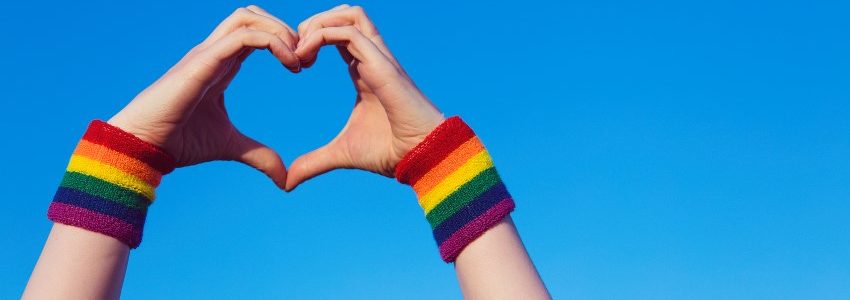We talk about pride and issues facing the LGBTQ+ community – about parental rights, workplace discrimination, legalizing gay marriage… But one area that is often overlooked is healthcare, both physical and mental.
Mental Health
Depression and anxiety are very common in LGBTQ people, starting at a very young age. In a 2019 CDC report, it was found that 23% of LGBTQ youth had attempted suicide at least once, as comparted to only 6% of heterosexual youths. More than half of LGBTQ youths feel unsafe at school because of their sexual orientation or gender expression, and as much as 74% reported being bullied verbally or physically. Additionally, many LGBTQ youths are thrown out of their homes or run away – as much as 40% of homeless young people are LGBTQ.
This trend continues into adulthood with queer persons being twice as likely to experience depression and anxiety, and to consider or attempt suicide versus non-LGBTQ people. Additionally, rates of substance abuse (alcohol and illicit drugs) are much higher in queer adults, with transgender people being 4 times more likely to develop substance use disorder.
Physical Health
In addition to mental health issues, the queer community also faces higher rates of chronic diseases, including obesity, certain kinds of cancers, hepatitis, and sexually transmitted diseases. Part of this stems from the fact that members of the queer community are less likely to seek medical help than heterosexual people – from lack of access to healthcare, lack of education, and fear of being judged or discriminated against for their sexual orientation or identity.
HIV is often associated with gay men, but HIV transmission can be passed between women, and through IV drug use (the most common way it is contracted by heterosexuals). Lesbian women often skip getting screenings for breast and cervical cancer because of thinking that visits to the gynecologist are only for women concerned about pregnancy. Transgender females (assigned male at birth) may still have a prostate even after having gender-affirming surgery (ie. a sex change) and are still at risk for prostate cancer. Non-monogamous people (including those who are polyamorous) are at higher risk of contracting HPV due to having a greater number of sexual partners.
What Can I Do?
If you consider yourself part of the queer community, take this time during Pride Month to consider your own health, that of your partners or your loved ones. Are you doing what you need to in order to be mentally healthy? Physically?
If you are an ally for our LGBTQ+ brothers and sisters, put yourself in their shoes for a moment. Do you use preferred pronouns when addressing people? Do you check up on your queer friends or family – have you ever asked them how they are doing emotionally?
Resources for Help
If you or someone you know needs help, here are some resources freely available:
1. The LGBT National Help Center – offers anonymous call-in hotlines and chatrooms to support LGBTQ people of all ages, as well as ways to find local resources across the U.S. http://www.glbtnationalhelpcenter.org
2. Outline – a New Zealand based health organization that offers counselling and age support to the queer community. https://outline.org.nz/
3. OK2BME – a Canadian organization, but they also have links to resources for international resources in across Europe that provider resources for LGBTQ people living or travelling around the world. https://ok2bme.ca/resources/outside-of-canada/international-resources
These educational topics wouldn’t be possible without the hard work and dedication from our Dom(me)sLife contributors – Thank you MM
Contributors: This article was researched and written by sweetdebauchery, edited by Mistress Michelle and published by Umlindi.
